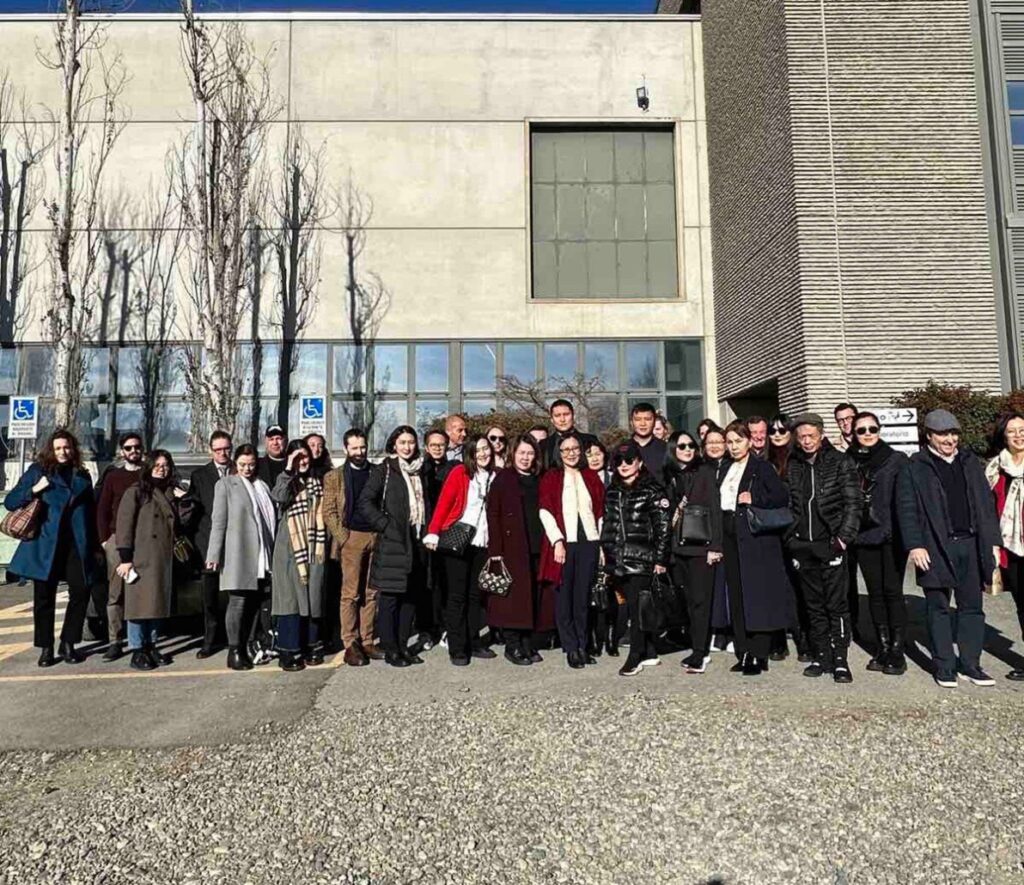The Sustainable Fibre Alliance (SFA) hosted a conference in Biella, Italy on February 2-3. The event welcomed over 70 guests from around the world, representing all stages of the cashmere supply chain, including herding cooperative leaders from Mongolia, cashmere processors, manufacturers, brands and retailers. In partnership with Natural Fibre Connect, the Schneider Group, The Cashmere & Camel Hair Manufacturers Institute (CCMI), and LVMH, the conference featured 14 talks from experts across the industry, a workshop focused on exploring solutions to sustainability challenges facing cashmere herders and the wider sector, as well as a factory tour to 3-key manufacturing sites in the area.

A Rare Opportunity for Mongolian Guests
The SFA Biella Cashmere Conference was the first of its kind conducted in Europe to include representatives from all phases of cashmere production, from raw cashmere to final products. For some of the guests – particularly those arriving from Mongolia – this was their first time in Europe, and a rare opportunity for them to meet directly with the companies and organisations further up the supply chain.
The Mongolian Embassy of Italy offered support for the event and took the opportunity to meet with visiting brands and producers. Una Jones, CEO of SFA: “We want to thank the Embassy of Mongolia, especially the 1st Secretary, Mrs. Delgerjargal Ganbold, and Honorary Consul Paolo Bonete, for their professional and valuable support to make this experience special for our Mongolian guests.” The delegates emphasized the importance of the visit of Mongolian national industries and cooperatives to Italy for the expansion of Mongolian cashmere exports to the European market. Giovanni Schneider, CEO of the Schneider Group, stated that he will be working towards enhancing the ability of Mongolian herders to compete on the market with other livestock products, as well as introducing and enforcing relevant standards to help build sustainable systems.
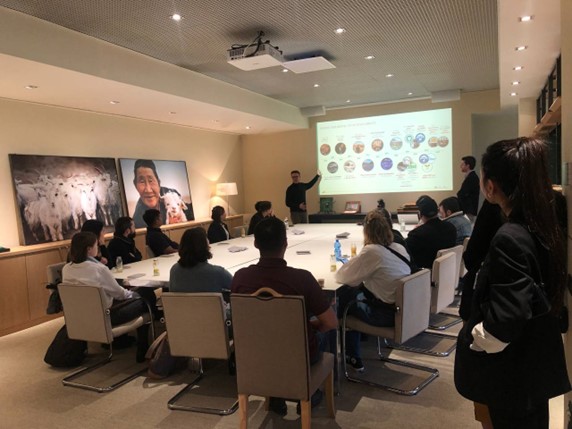
Ariunaa, director of Goyol Kashmer Co., Ltd., extended a warm welcome to representatives of major Mongolian cashmere processing companies. She stated, “The objective for the sustainable growth of Mongolia’s cashmere sector is to introduce the world to the superiority of sustainable cashmere processing and production. We, the manufacturer, are pleased that the SFA team is committed to socially responsible, environmentally friendly, and sustainable manufacturing within the context of this objective. We want all manufacturers to participate in this initiative.”
During the roundtable discussions on day one of the conference, a business meeting was hosted by the visiting Mongolian companies to discuss joint solutions to supply chain issues as well as opportunities to expand and scale up partnerships and cooperation between the beginning and end stages of the supply chain. Mongolian herders also were able to address the audience of nearly 70 industry and brand directors and management level guests to share their perspectives on key challenges and the needs of their producer communities. The meeting was an important step in increasing the export of Mongolian cashmere as primary and final finished products to the international market.
Series of Talks on Sustainability
Ms. Narantsetseg, the head of Yav Bulag Herder Cooperative in Khentii Province, Umnudelger soum, shared a presentation on the “Trends of Herder Cooperatives” that outlined key rangeland issues such as environmental impact risks, and how the SFA Cashmere Standard Certification process is / can address these issues.
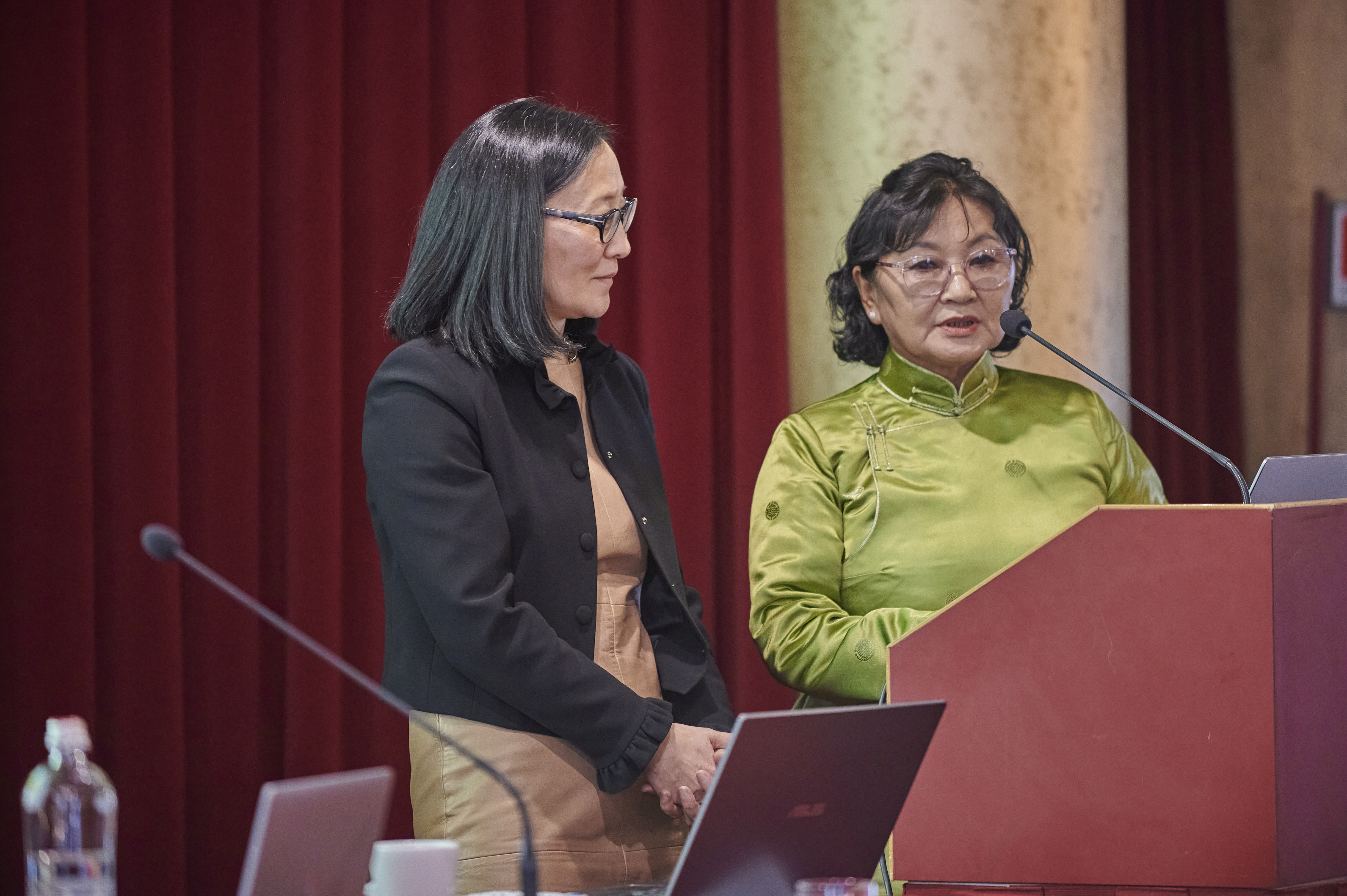
Chris Gaffney, CEO of Johnstons of Elgin, shared the perspectives of a leading Scottish brand and the shifting mindsets of its consumer base when it comes to sustainability. He concluded by addressing the herders directly: “Our communities are only here because your communities do all the work to produce this miracle product.”
Mongolian processors also had the chance to address the audience, sharing their concerns about climate change and the impact this is having on cashmere herders. They emphasized the importance of mitigating these risks in order to protect the quality of fibre moving up the chain, as well as the longevity of the producer system. They presented possible solutions for supplementing livestock feed in the winter, protecting the diversity of goat genetics, and for diversifying herder income. They also called for increased investment in Mongolian processors, particularly in spinning factories, in order to increase capacity and meet market demand.
Textile Exchange and the SFA shared on update on the new Life Cycle Assessment (LCA) project taking place, which aims to fill an important information gap of the impact of cashmere on the land and on livelihoods. Cashmere is one of the harder LCAs to undertake due to the varied landscapes and traditional communities it is produced in. Cashmere from Afghanistan, China and Mongolia are produced in very different ways, with landscapes ranging from desert, mountain steppe, grassland, and farm-based environments. Data collection for the LCA project will conclude in Q1 or Q2 of 2024 and provide a solid foundation for developing accurate impact reporting in the future. Six provinces in Mongolia and six provinces in China will be assessed and included in the report.
Workshop
After the talks were concluded, guests were invited to break-out into tables of 6-10 to discuss supply chain challenges and opportunities currently faced at the herder, processor, manufacturer and brand levels. The main challenges identified at herder level included climate change, pasture degradation, fluctuations in market price, supply shortages, and animal disease. Opportunities to address these challenges included identifying and supporting diverse income sources for herders that might include other rangeland products, implementing programmes to protect pure goat fibre and livestock genetics, ensure herders are connected to the rest of the supply chain and that there is sufficient transparency around their work and impacts, and to incorporate requirements and guidance on carrying capacity into the SFA Cashmere Standard certification.
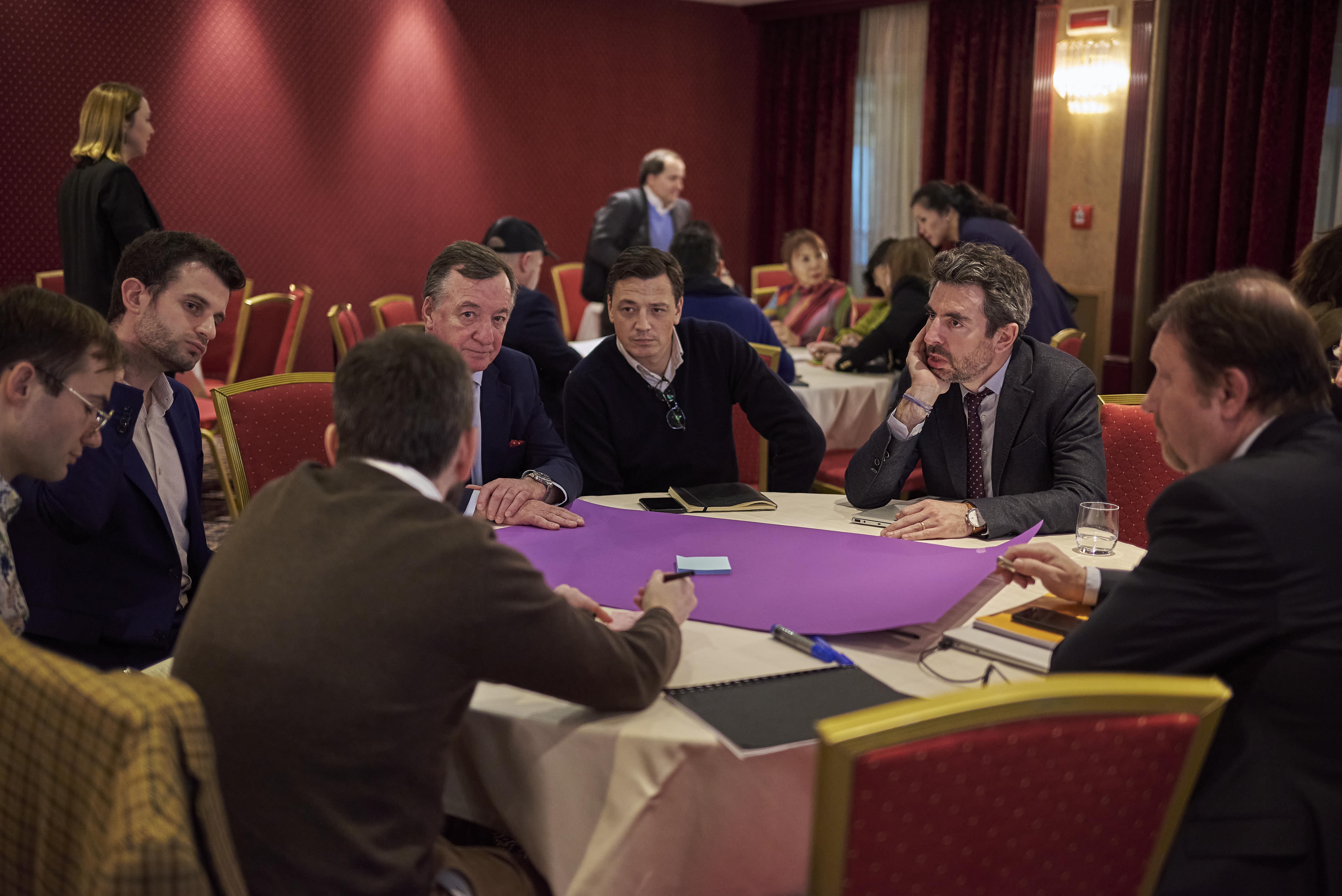
Challenges at the processor and manufacturing level of the cashmere supply chain included a lack of transparency due to long and complex supply chains, low margins for profit, competition from companies producing cheaper products, labour skills shortage, as well as auditing cost and capacity. To combat these challenges, the groups identified various opportunities including creating a global consensus on fibre quality thresholds, low interest rate loans for processors, encouraging green financing investment into cashmere processing, and tightening up the length of the supply chain in order to improve transparency.
Brands also faced a variety of challenges unique to them. These included democratisation – which was seen as both a positive and negative impact on their operations, faltering perceptions of cashmere due to lobbying groups against natural fibres, lack of consumer education about the benefits of natural fibres, and access to reliable and accurate information on cashmere impact (LCA’s). Solutions for these challenges included the funding of Life Cycle Assessment projects to provide the industry with cashmere impact data that can be shared with consumers, receiving precise ingredient information of chemicals used in cashmere processing, developing an easier way to communicate what certification is and how it works for the benefit of their consumers, and finally the possibility of the SFA becoming recognised in EU Extended Producer Responsibility (EPR).
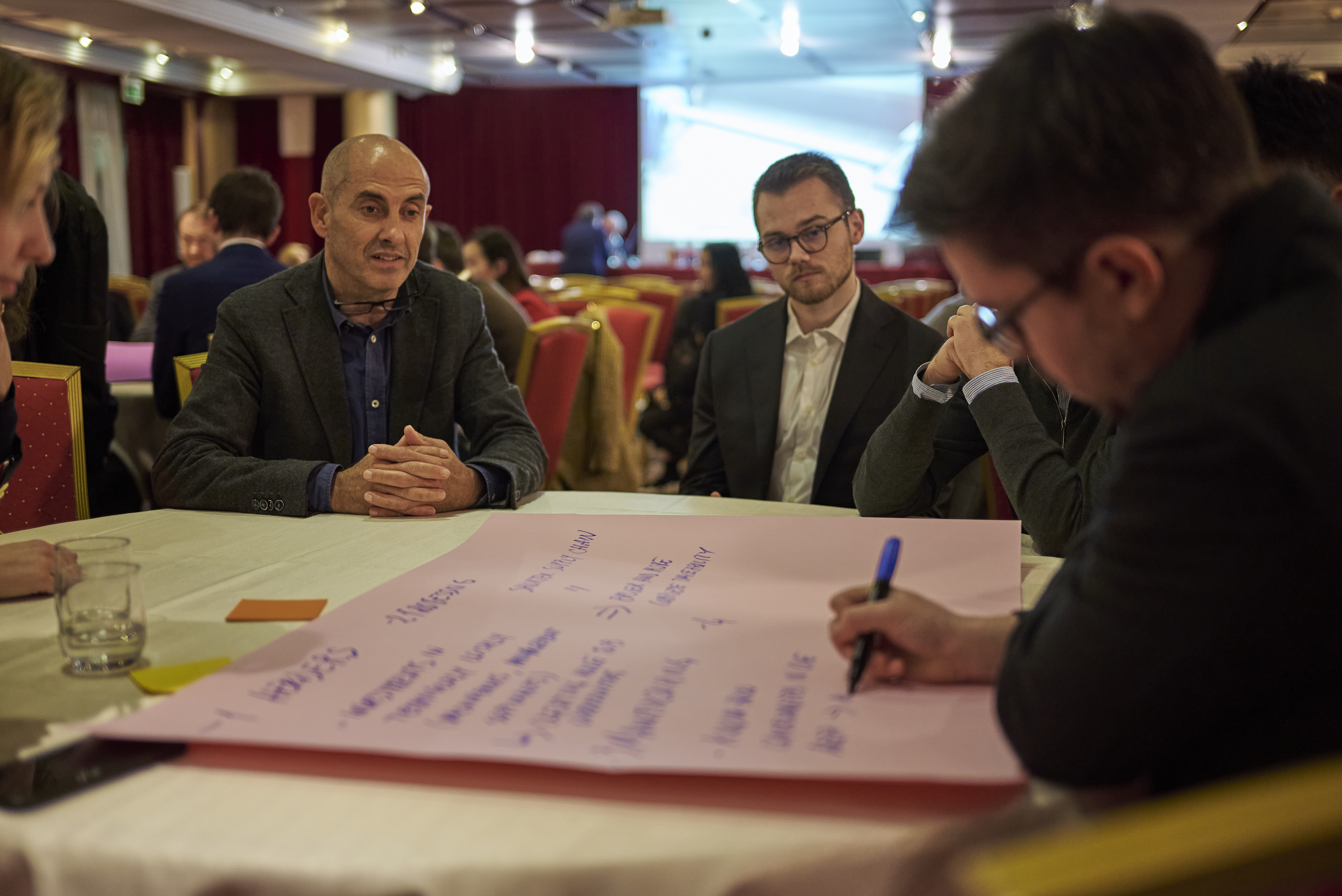
At the closing of the talks, Fabio Garzena, president of CCMI provided closing remarks, “Many things have changed for the textile industry over the years, especially for cashmere and other natural fibres. Technology, better organisation, new innovations have all improved the productivity and quality of the these product systems… Today, our biggest challenge is for the cashmere industry to keep up with the rapidly evolving market landscape and demands in order to arrive at a more sustainable and transparent supply chain… I think it is clear to everyone that all players in the supply chain have a responsibility to accept the burden of added complexity and costs in order to protect the long-term viability of our industry. We need to be ready to adapt to a system that is under development, and support ongoing modifications and improvements that are needed… We are all connected, each stage of the supply chain being dependent on the rest. But we also have to be fair with how our common challenges impact each stage with different weight and protect those who experience the biggest impact: herders.”
Factory Tour
On the last day of the conference, guests disembarked on a three site factory tour. For some, it was their first exposure to the cashmere manufacturing process. Guests first visited the Pettinatura Di Verrone facility, followed by a visit to Loro Piana, the world’s largest manufacturer of textiles, where they saw the Quarona Showroom, spinning plant, lab, and finally the weaving and finishing plant.
The tour marked the end of the conference, and guests were encouraged to stay tuned on SFA communications channels for updates on the next event of the year – the Natural Fibre Connect annual conference in September. Following the success of the Biella conference, and the unique opportunities it offered in connecting the entire cashmere supply chain, it was proposed that the meeting become a global tradition and grow to include even more participation from cashmere herders.
